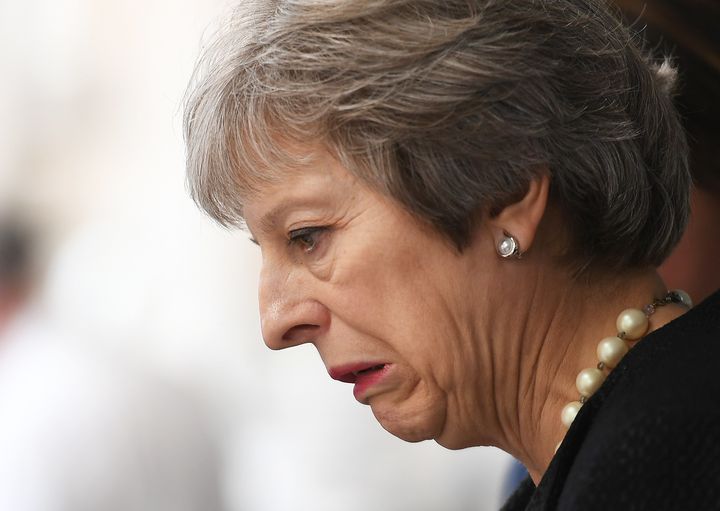
by Ben Williams, tutor in politics and political theory at the University of Salford
Karl Marx claimed history is a series of recurring political cycles, observing that it repeats itself, “the first time as tragedy, the second time as farce”.
And indeed, prime minister Theresa May appears to be following the same tortuous political route as one of her Conservative predecessors, John Major, who was the troubled incumbent of Downing Street between 1990 and 1997.
There are various parallels to be made between these two political eras. The most obvious is that both periods of government have seen the Conservative party being torn down the middle by the divisive issue of Europe. Indeed, the origins of today’s Brexit saga can be traced back to the EU-related tensions of the 1990s in particular. It was said to be the “fault line” that destabilised Major’s time in office.
For May, it has been the all-consuming Brexit policy agenda which she inherited on taking office that continues to create repeated crises for her administration.
Both leaders also arrived at Downing Street after the dramatic departure of their predecessors. Major took over following Margaret Thatcher’s reluctant resignation in 1990 and May succeeded David Cameron after he resigned in the wake of the Brexit referendum of 2016. Unfolding amid a sense of general crisis, both periods of rule have garnered something of a chaotic image – not least because both leaders were further hampered by significant Cabinet disunity. Major famously grappled with his so-called ministerial “bastards” before facing a leadership challenge in 1995. He eventually won that contest but was politically damaged by it.
In a similar vein, May faced the high-profile resignations of senior cabinet ministers David Davis and Boris Johnson over her Brexit policy direction. She has survived this episode, in the short term at least, but remains vulnerable to a leadership challenge.
Perma crisis
This sense of almost permanent political crisis ultimately derives from the fundamental premise that neither of these prime ministers enjoyed a significant parliamentary majority while in office. Major’s narrow majority of 21, achieved in the 1992 general election, was gradually eroded by deaths, defections and adverse by-election results. By late 1996, he headed a minority government. Theresa May gambled away the small majority she had inherited from Cameron by calling the 2017 general election. She now also leads a minority government.
It should be noted that both leaders won an impressively high and almost identical Conservative vote in the elections they fought. Major took 14million (42.2%) in 1992 and May took 13.6million in 2017 (42.4%) in 2017. No other Conservative leaders since the Thatcher era have achieved such high levels of popular support. But that’s cold comfort when the electoral system means the votes fail to translate into a majority.
May, like Major, is feeling the pressure that comes with lacking a parliamentary majority as she tries to get key votes and legislation passed. And, like him, she has had to rely on a smaller party from Northern Ireland to deliver key policies.
Amid such circumstances, it’s perhaps not a surprise that the governments of both May and Major could be said to lack ideological coherence and a clear political identity. Neither leader is seen to have carved out a distinctly different direction from their immediate predecessors, which both were keen to do. Major wanted freedom from Thatcher’s dominant shadow and often polarising ideology, particularly after she publicly declared that she would be his “backseat driver”.
Likewise, May sought to depart from Cameron’s privileged public school image, his “Notting Hill metropolitanism” and gimmicky policies such as the Big Society. She pushed for the restoration of grammar schools and pledged to support the meritocratic aspirations of Britain’s ordinary “hard-working families”. But her policy agenda has been fatally undermined by her electoral setback and divided party.
This nod to traditional values even had echoes of Major’s ill-fated “back to basics” campaign of the mid-1990s, which ultimately backfired thanks to a series of scandals.
The parallels between both troubled and divided periods of Conservative rule continue to resonate in the current political climate, with the country’s relations with Europe the defining issue of the day both then and now. How May’s administration will end has yet to be determined, and the interminable issue of Europe will play a key role in deciding her eventual fate. But based on current political trends, she could well be removed by a significantly damaging electoral defeat, as was the case for Major.
This blog first appeared on The Conversation, and can be read here
